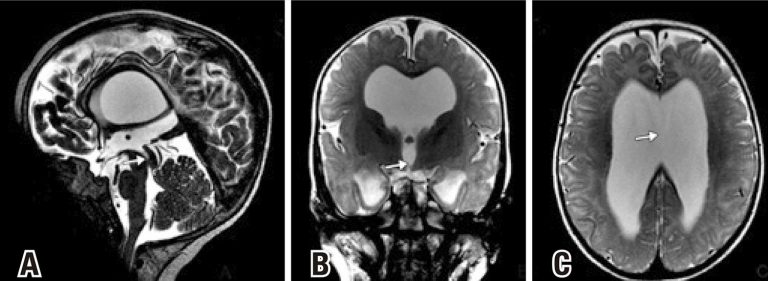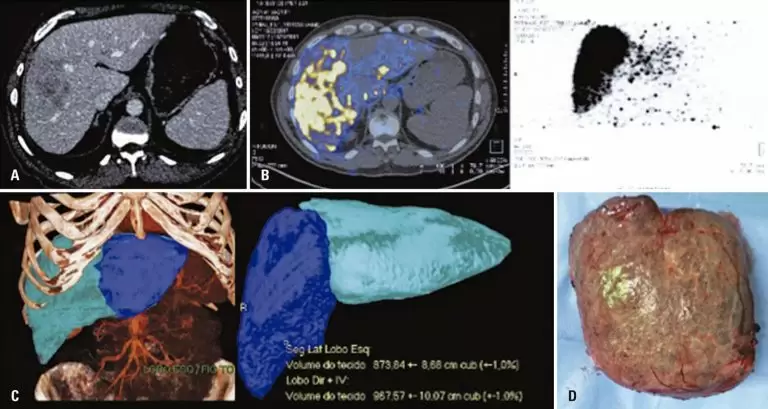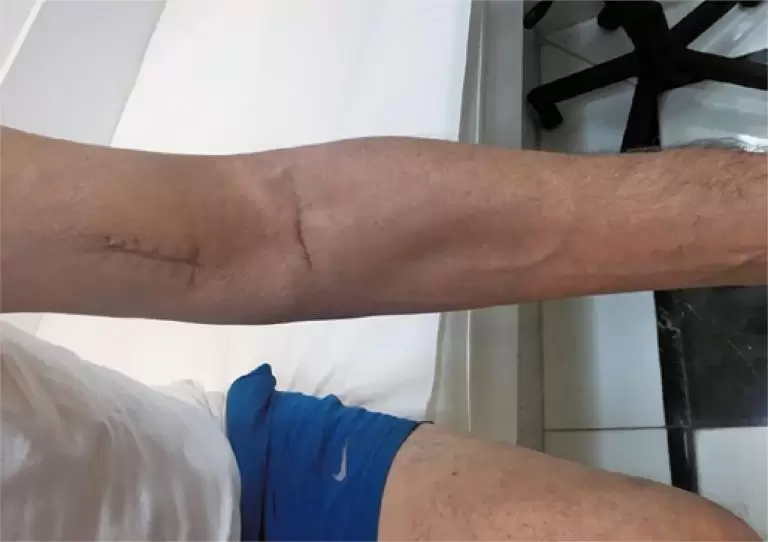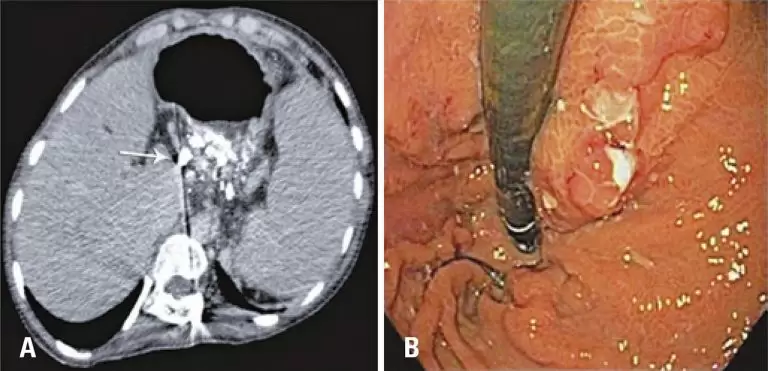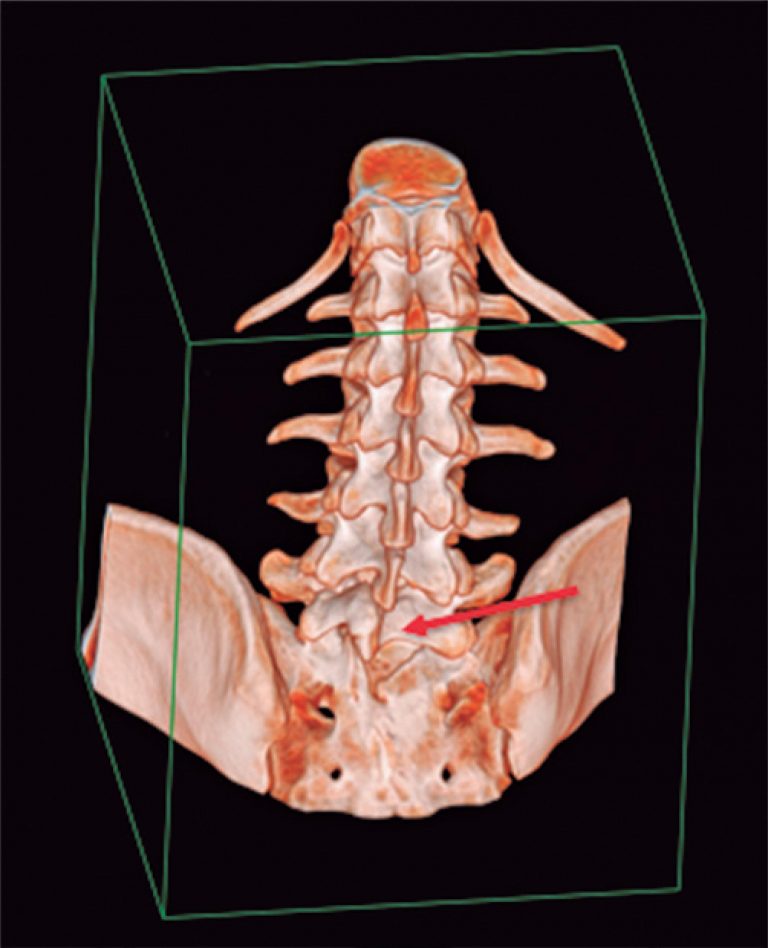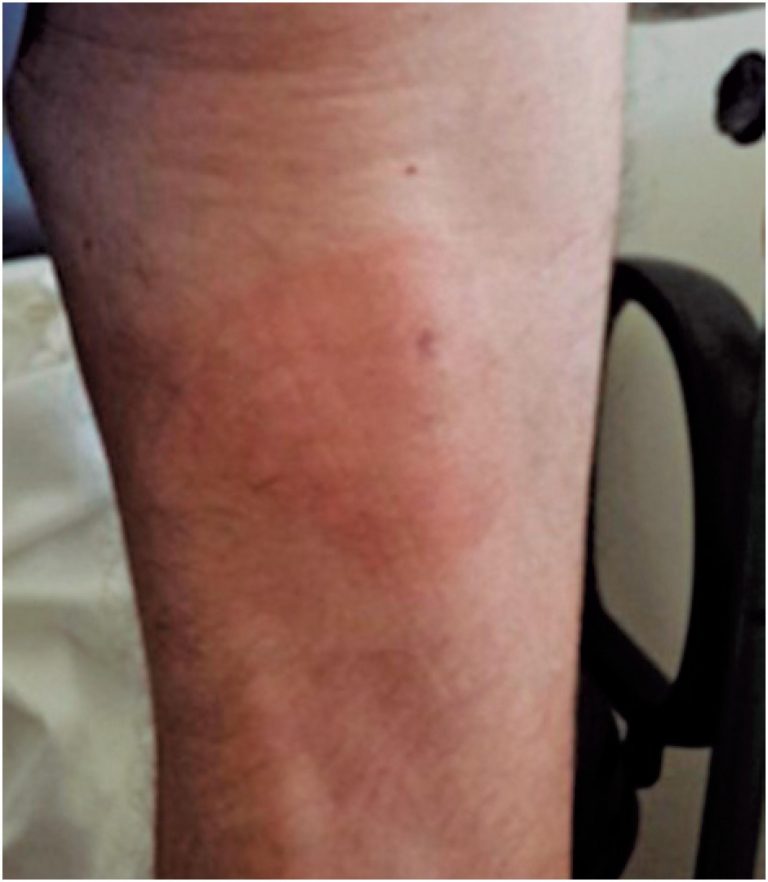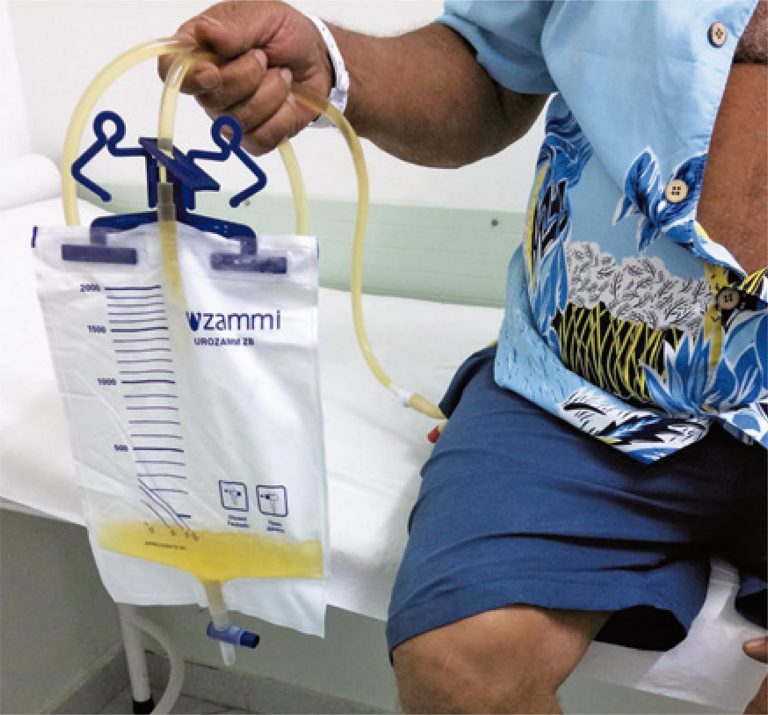03/Jun/2020
Autism associated with 12q (12q24.31-q24.33) deletion: further report of an exceedingly rare disorder
DOI: 10.31744/einstein_journal/2020RC5335
ABSTRACT Chromosomal abnormalities are responsible for several congenital malformations in the world, some of these are associated to telomeric/subtelomeric deletions. The abnormalities involving the telomere of chromosome 12 are rare, with few reports of deletions involving 12q24.31 region in the literature, and, to our knowledge, only four of them in the 12q24.31-q24.33 region. We report a further case of interstitial deletion of bands 12q24.31-q24.33 associated with autism spectrum disorder. A 2-year-old boy with global developmental delay associated with multiple congenital […]
Keywords: 12q2431 deletion syndrome; Autism spectrum disorder; Chromosome aberrations; Developmental disabilities; Nervous system malformations
18/Mar/2020
Acute spontaneous suppurative thyroiditis caused by Eikenella corrodens presented with thyrotoxicosis
DOI: 10.31744/einstein_journal/2020RC5273
ABSTRACT Acute suppurative thyroiditis is a very rare and life-threatening endocrine emergency. Thyrotoxicosis is a rare condition accompanying acute suppurative thyroiditis. While the majority of the cases in the literature are caused by different reasons, spontaneous development is very rare. We present a patient with acute suppurative thyroiditis who presented to our clinic with thyrotoxic findings, and we compared the case to the literature. A 31-year-old male patient was admitted to our clinic with a complaint of progressive neck pain, […]
Keywords: Eikenella corrodens; Neck; Thyroiditis; Thyrotoxicosis
19/Feb/2020
Transarterial radioembolization for liver tumors as neoadjuvant therapy: three case reports
DOI: 10.31744/einstein_journal/2020RC4990
ABSTRACT Transarterial radioembolization (TARE) with yttrium-90 microspheres is a palliative locoregional treatment, minimally invasive for liver tumors. The neoadjuvant aim of this treatment is still controversial, however, selected cases with lesions initially considered unresectable have been enframed as candidates for curative therapy after hepatic transarterial radioembolization. We report three cases in which the hepatic transarterial radioembolization was used as neoadjuvant therapy in an effective way, allowing posterior potentially curative therapies.
Keywords: Cholangiocarcinoma; Embolization, therapeutic/methods; Liver neoplasms; Neoadjuvant therapy; Radioembolization
13/Feb/2020
Serious adverse event: late neurotropic disease associated with yellow fever vaccine
DOI: 10.31744/einstein_journal/2020RC5041
ABSTRACT The yellow fever is a systemic disease that was under control due to the effective campaigns against the vector and promotion of vaccines programs. However, since 1999, outbreaks appeared because of inefficient control of the vector, and led to the need of amplifying the immunization in large scale against the yellow fever virus, and consequently, raising the risk of adverse reactions to the vaccine. We report a case of previously healthy infant, who was referred to our care service, […]
Keywords: Child health; Drug-related side effects and adverse reactions; Encephalomyelitis, acute disseminated; Immunization; Yellow fever; Yellow fever vaccine
23/Jan/2020
Compartment syndrome after distal biceps brachii tendon rupture in an athlete
DOI: 10.31744/einstein_journal/2020RC4778
ABSTRACT This is a case report of a previously healthy athlete who did not use oral anticoagulant, suffered a rupture of the distal biceps brachii tendon, and evolved with arm compartment syndrome. An emergency fasciotomy and the repair of the tendon were performed. After surgery the patient had a good recovery of the paresthesia and sensibility. This complication is rare and, when reported, is usually associated with patients who use anticoagulant therapy. Due to growth of rupture of distal biceps […]
Keywords: Arm injuries/surgery; Athletic injuries; Compartment syndromes; Emergencies; Rupture/surgery; Tendon injuries/surgery
22/Jan/2020
Association between hypocalcemia and rivaroxaban in coagulation disorders: a case report
einstein (São Paulo). 22/Jan/2020;18:eRC4819.
View Article22/Jan/2020
Association between hypocalcemia and rivaroxaban in coagulation disorders: a case report
DOI: 10.31744/einstein_journal/2020RC4819
ABSTRACT We describe a patient with tertiary hyperparathyroidism with history of three episodes of deep vein thrombosis and on rivaroxaban. The patient underwent a subtotal parathyroidectomy, developing cervical hematoma with airway compression. Therefore, emergency surgical decompression was necessary. Later, on the ninth postoperative day, the serum ionized calcium levels were low. Medical team knowledge about preexisting diseases and their implication in the coagulation state are essential conditions to reduce morbidity and mortality of surgeries. However, no reports were found in […]
Keywords: Blood coagulation; Hematoma; Parathyroidectomy; Rivaroxaban/adverse effects
22/Jan/2020
Transesplenic access in the treatment of varicose gastrointestinal bleeding. Case and technical report
DOI: 10.31744/einstein_journal/2020RC4934
ABSTRACT Varicose gastrointestinal bleeding is one of the major causes of morbidity and mortality in patients with chronic liver disease. Endoscopic treatment is the first therapeutic line for these patients, however, for those whom this therapeutic modality fail, a broad knowledge of alternative treatment options may improve the prognosis. We describe a case of a patient who were successfully embolized from gastroesophageal varices via transsplenic access.
Keywords: Embolization, therapeutic; Esophageal and gastric varices; Gastrointestinal hemorrage
20/Dec/2019
Idiopathic thrombocytopenic purpura in a patient with situs inversus totalis: case report and literature review
DOI: 10.31744/einstein_journal/2020RC5111
ABSTRACT Situs inversus totalis is a rare recessive autosomal congenital abnormality in which the mediastinal and abdominal organs are in a mirrored position when compared to the usual topography. The literature reports some cases of situs inversus totalis and concomitant conditions: spinal abnormalities, cardiac malformations and hematological diseases, such as idiopathic thrombocytopenic purpura, which is an autoimmune disease that causes thrombocytopenia due to platelet destruction or suppression of its production. This article aimed to report the coexistence of situs inversus […]
Keywords: Exome; Hematologic diseases; Platelet count; Purpura, thrombocytopenic; Situs inversus
14/Nov/2019
Loss of tolerance 5 days after discontinuing sulphonamide introduced via desensitization in delayed reaction
DOI: 10.31744/einstein_journal/2020RC5002
ABSTRACT The fixed drug eruption is a non-immediate hypersensitivity reaction to drug, characterized by recurrent erythematous or violaceous, rounded, well-defined border plaques, which always appear in the same location every time the culprit drug is administered. The usual practice is to avoid the drug involved and to use a structurally different drug. However, there are situations in which there is no safe and effective therapy. In such situations, desensitization is the only option. We describe the case of a patient […]
Keywords: Desensitization, immunologic; Drug eruptions; Drug hypersensitivity; Drug tolerance; Trimethoprim, sulfamethoxazole drug combination
17/Sep/2019
Purple urine bag syndrome: case report
DOI: 10.31744/einstein_journal/2020RC5063
ABSTRACT A 65-year-old male with a history of urinary tract trauma requiring cystotomy and chronic bladder catheterization, presenting with chronic and uninvestigated changes in the color of the urine bag system, with no urine color change, and positive urine culture for Proteus mirabilis . These characteristics refer to the purple urine bag syndrome, a not weel-known condition, with a benign course in most cases, and associated with urinary tract infection in patients with chronic bladder catheterization. Although it is characterized […]
Keywords: Bacterial infections; Cystotomy; Urinary catheterization; Urinary reservoirs, continent


